What is dysplasia?
Dysplasia refers to abnormal tissue development. It means
that the cells or tissue are abnormal in their growth and
organization for the location in which they are found. It
does not mean necessarily that they are abnormal to the
extent of being malignant, nor does it mean they have formed
a tumor. Dysplasia occurs more often in tissues that "turn
over" (or reproduce) frequently. Dysplasia may precede the
development of some cancers by years or months. Not all
dysplasia develops into cancer.
How many cells are in a cancerous tumor?
The number varies by the size of the tumor and the type
of cell. First of all, you should understand that there is
considerable variation in the size of cells making up the
human body. The most numerous of the body cells are so
small that it would take between 700 and 800 cells to cover
the head of a pin. A 1-centimeter lump in the breast, which
is a little larger than the size of a pea and is about the
smallest lump which you can feel with your fingers, contains
over a billion cells. This size tumor has undergone
about thirty doublings since it first became an abnormal
cell.
What is meant by doublings or by doubling time?
It is believed that cancer cells divide at a steady rate and
the tumor steadily increases in size. One cell becomes two,
two cells become four, four cells become eight. The body
systematically continues the growth in this manner, with
the number of cells doubling each time. The average length
of time necessary for all the cells in a tumor to divide has
been designated as the doubling time. With the passage of
one doubling time, the number of cells in the mass is doubled
and the weight of the mass is doubled. By the time a
lump can be felt in the breast, for example, it has gone
through at least thirty generations of doubling in size. The
doubling time for breast cancer has been estimated to range
from 6 to 540 days, depending upon the kind of cells and
their rate of growth. That is why it is important that you
see a doctor without delay as soon as you feel a lump.
How are cervical cancer and dysplasia detected and treated?
Is it true that a two step process is necessary for cancer to
develop?
Scientists now believe that most cancer is caused in two
steps, by two kinds of agents: initiators and promoters. Initiators
start the damage to the cell, damage that can lead
to cancer. Cigarette smoking, x-rays, and certain chemicals
are considered initiators. Promoters stimulate the development
of cancer but usually do not cause cancer. They
change the cells already damaged by the initiator from normal cells to cancerous cells. Research has shown that alcohol
promotes the development of cancer in the mouth,
throat, and possibly liver, when combined with an initiator
such as smoking. Alcohol is an example of a classic promoter:
It alone does not cause cancer, but it is clearly associated
with the development of cancer. Many chemicals
in the environment can act as promoters. Phenobarbital, for
example, is a strong promoter of cancer in liver cells.
Cigarette
tars contain not only carcinogens that initiate cells
but also promoters that act on lung tissue. Even some mechanical
processes, such as abrasions or other wounds, can
act as promoters.

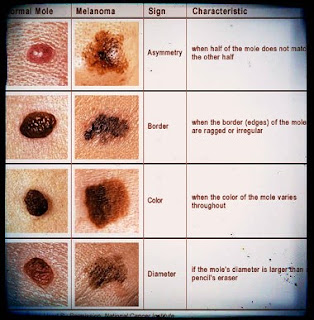
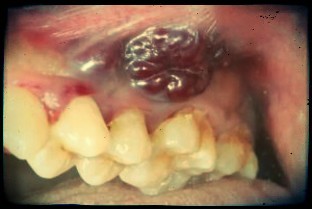
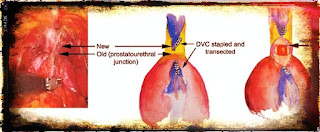
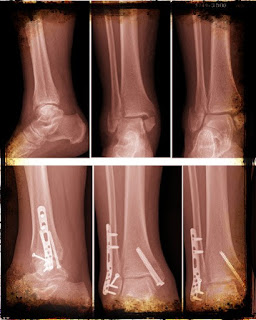
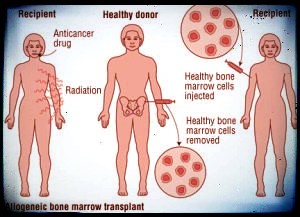
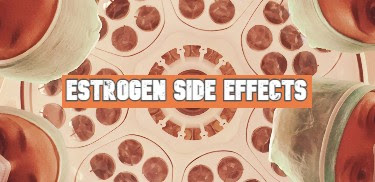
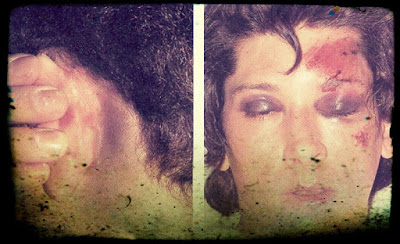
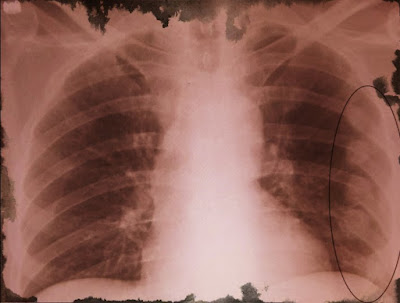


Comments
Post a Comment